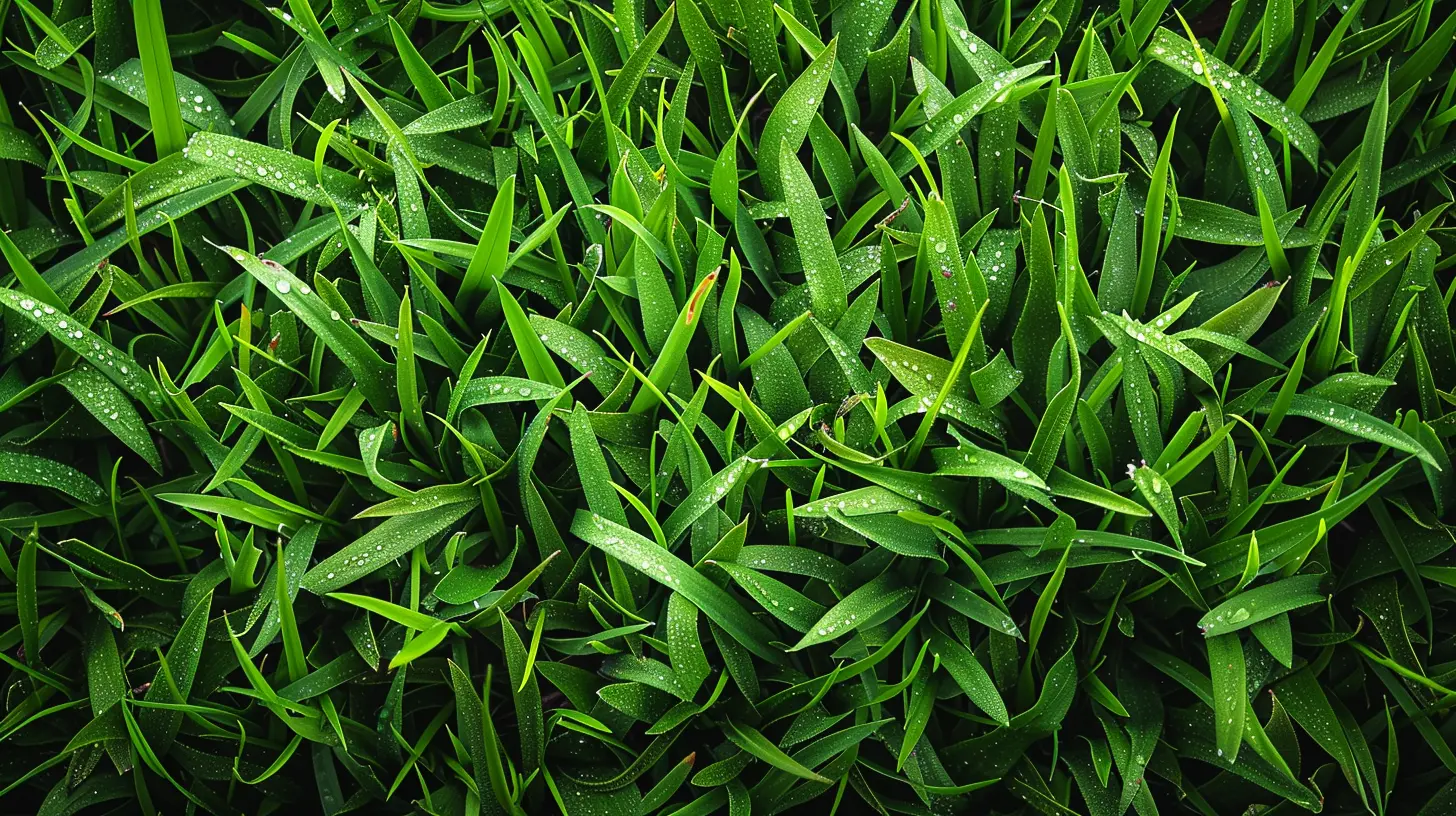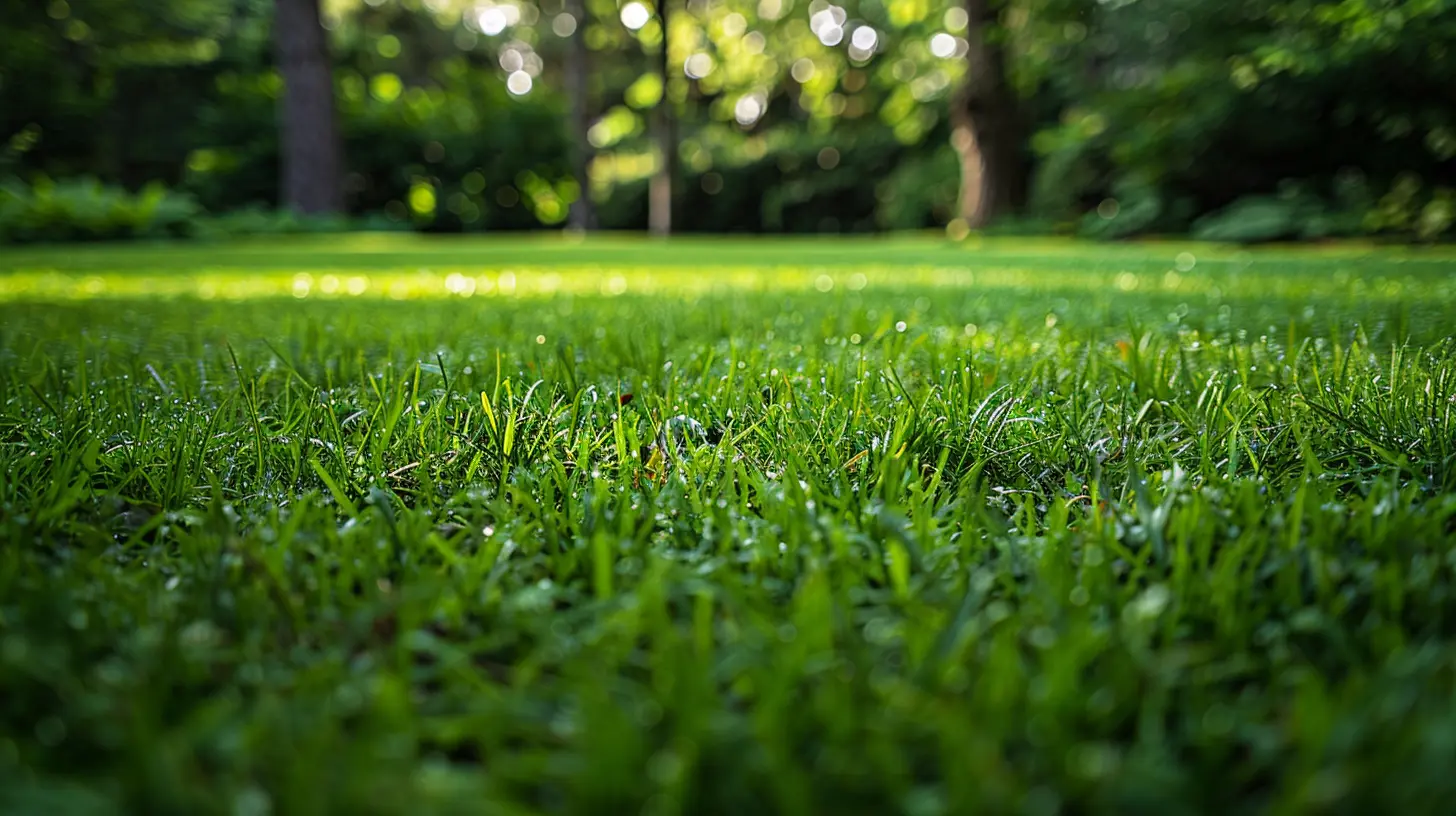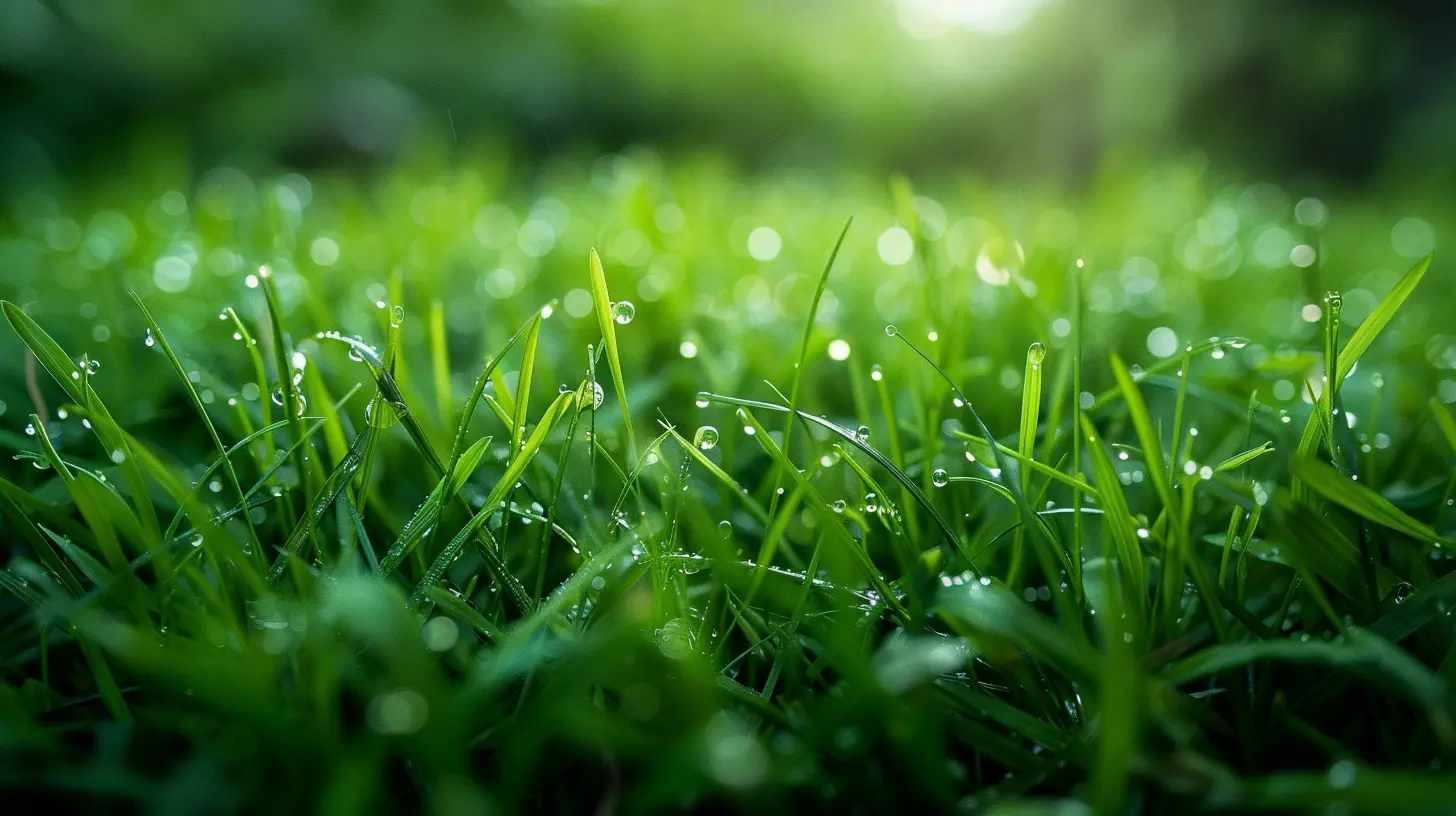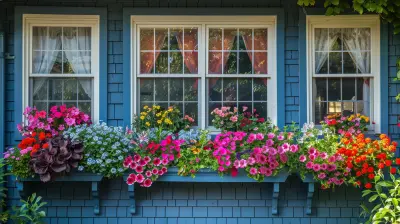How to Keep Your Lawn Lush for Maximum Curb Appeal
15 August 2025
A vibrant, green lawn isn’t just a patch of grass—it’s the first thing people notice about your home. It sets the tone for your entire property, boosting curb appeal and even increasing your home's value. But keeping your lawn lush and healthy takes more than just watering it every once in a while.
So, how do you maintain that picture-perfect lawn without breaking your back (or the bank)? Let’s dive into the essential steps to keep your lawn thriving all year round. 
1. Understand Your Lawn’s Needs
Not all lawns are created equal. Different grass types have different requirements, so it’s crucial to know what kind of grass you have. Some grasses thrive in warm weather (like Bermuda and St. Augustine), while others prefer cooler temps (like Kentucky Bluegrass and Fescue).Take some time to research your grass type—knowing what it needs will save you a ton of frustration in the long run. 
2. Water Smart, Not Hard
Watering your lawn may seem straightforward, but there’s a right and wrong way to do it. Many homeowners either overwater or underwater their grass, leading to weak roots and patchy growth.When Should You Water?
- Early morning is best (before 10 AM) to prevent water evaporation and allow moisture to soak deep into the soil.- Avoid watering at night—wet grass overnight can invite fungal diseases.
How Much Water Does Your Lawn Need?
A good rule of thumb is about 1 to 1.5 inches of water per week, including rainfall. Use a rain gauge or place a tuna can on your lawn when watering to measure the amount.
3. Master the Art of Mowing
Mowing isn’t just about keeping your yard neat—it directly impacts lawn health.Mowing Tips for a Lush Lawn
- Set the right height: Cutting your grass too short (“scalping”) weakens the roots and encourages weed growth. Keep it around 2.5 to 4 inches, depending on the grass type.- Never remove more than one-third of the grass height in a single mow.
- Keep your mower blades sharp. Dull blades tear the grass instead of cutting it cleanly, leading to brown, ragged edges.

4. Feed Your Lawn the Right Way
Just like any living thing, your grass needs proper nutrition to thrive. Fertilizing at the right time and with the right ingredients keeps your lawn lush.Best Fertilization Practices
- Use a slow-release fertilizer to provide steady nutrients over time.- Choose the right formula—a balanced mix of nitrogen (N), phosphorus (P), and potassium (K) promotes healthy growth.
- Timing matters: Fertilize in early spring and again in late summer/early fall for best results.
If you’re into organic options, compost, and natural fertilizers (like seaweed or bone meal) work wonders without the chemical overload.
5. Control Weeds Before They Take Over
Weeds compete with your grass for nutrients, water, and sunlight. If left unchecked, they can quickly turn a lush lawn into a patchy mess.How to Keep Weeds in Check
- Apply pre-emergent herbicide in early spring to stop weeds before they sprout.- Hand-pull weeds before they flower and spread seeds.
- Maintain a thick lawn—healthy grass naturally crowds out weeds, preventing them from establishing roots.
Dandelions, crabgrass, and clover might seem harmless, but they’re your lawn’s worst enemies when it comes to curb appeal!
6. Aerate for Stronger Roots
Over time, lawn soil gets compacted, making it hard for water, oxygen, and nutrients to reach the roots. The solution? Aeration.Aerating your lawn (poking small holes in the soil) loosens compacted earth, allowing grass roots to grow deeper and stronger.
When and How to Aerate?
- Best time: Spring or early fall, depending on your grass type.- Use a core aerator: This removes small plugs of soil rather than just poking holes.
- Follow up with fertilization to maximize nutrient absorption.
7. Overseed to Fill in Bare Spots
Got thin or patchy areas on your lawn? Overseeding can revive worn-out grass and keep your yard looking lush.How to Overseed Properly
- Choose the right seed: Match your existing grass type for a seamless look.- Loosen the soil: Use a rake to break up compacted dirt before spreading seeds.
- Keep it moist: Water lightly and frequently until new grass establishes.
Overseeding in early fall is ideal because the soil is still warm, but the cooler weather helps new grass grow without stress.
8. Address Lawn Diseases and Pests Quickly
Lawn diseases and pests can turn your green oasis into a brown disaster. Stay vigilant and act fast when you spot trouble.Common Lawn Problems & Fixes
- Brown patches? Could be fungus. Treat with a fungicide and improve drainage.- Yellow spots? Might be pet urine. Water heavily to dilute and reseed if necessary.
- Grubs or insects? Apply a natural or chemical treatment to stop the damage.
A healthy lawn is less likely to fall victim to pests and disease, so good maintenance is your best defense.
9. Mulch or Bag Your Clippings?
Many homeowners bag grass clippings after mowing, but did you know leaving them on your lawn can actually benefit your grass?Clippings break down and return nutrients to the soil, acting as a natural fertilizer. However, if the clippings are too long or clumpy, they can smother your grass—so mulching is best when you mow regularly.
Bagging is only necessary if you're dealing with disease or excessive thatch buildup.
10. Keep Up a Seasonal Maintenance Schedule
Caring for your lawn isn’t a one-and-done deal—it requires consistent seasonal upkeep.Lawn Care by Season
- Spring: Aerate, fertilize, and apply pre-emergent weed control.- Summer: Water deeply, mow correctly, and watch for pests.
- Fall: Overseed, feed one last time, and remove leaves.
- Winter: Avoid foot traffic on frozen grass and prep for spring.
By following a seasonal plan, your lawn will stay strong no matter the time of year.
Final Thoughts
A lush lawn is more than just a pretty accessory for your home—it’s a sign of good maintenance and care. With the right balance of watering, mowing, feeding, and seasonal upkeep, you can keep your yard looking green and gorgeous while maximizing your home’s curb appeal.So, are you ready to transform your lawn into the envy of the neighborhood? Follow these steps, stay consistent, and soon, you'll have the best-looking yard on the block.
all images in this post were generated using AI tools
Category:
Curb AppealAuthor:

Cynthia Wilkins
Discussion
rate this article
1 comments
Allegra McGinn
In the tapestry of green, where beauty resides, Each blade tells a story, where nature abides. Nurture with care, let sunlight entwine, For a flourishing lawn is a home's gentle sign. Embrace the soil, let your garden shine.
August 22, 2025 at 4:04 AM

Cynthia Wilkins
Thank you for your poetic reflection! Emphasizing care and connection with nature truly enhances the beauty of a lush lawn. Your words beautifully capture the essence of nurturing our green spaces!


